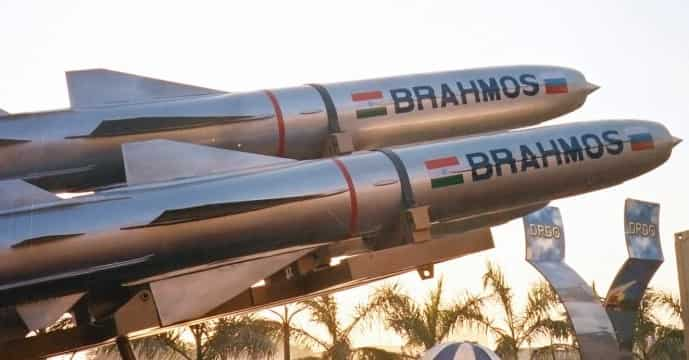India is fast approaching a milestone in advanced weapons technology with the accelerated development of the BrahMos-II hypersonic cruise missile—an ultra-high-speed weapon projected to achieve velocities between Mach 6 and Mach 7. This next-generation system places the country in the elite club of nations developing hypersonic capabilities, alongside the US, Russia, and China, reaffirming its position as a rising global power in strategic defence.
The Brahmos programme, a joint venture between the Defence Research and Development Organisation (DRDO) and Russia’s NPO Mashinostroyenia, is already globally recognised for its supersonic cruise missile variant, which operates at speeds of Mach 2.8 to 3.0. It is a universal long range supersonic cruise missile system that can be launched from land, sea and air.
The Brahmos-II will significantly exceed this, ushering the country into the hypersonic era and dramatically enhancing its ability to carry out rapid, precision strikes.
In a significant technological leap, India recently conducted a successful test of an extended-range BrahMos variant in the Bay of Bengal, achieving a range of 800 kilometres. Another test is imminent, aimed at refining the missile’s stealth and accuracy, sources told Zee Business.
These advancements underscore the momentum behind the country’s defence innovation ecosystem, increasingly driven by indigenous research and manufacturing under the government’s flagship ‘Make in India’ and ‘Atmanirbhar Bharat’ initiatives.
Once operational, the BrahMos-II will deliver a critical capability to neutralise high-value, time-sensitive targets with exceptional speed and precision. Hypersonic missiles—defined by speeds exceeding Mach 5—are extremely difficult to intercept due to their low-altitude flight paths, manoeuvrability, and rapid pace.
With the Brahmos-II, India is not just keeping up with the hypersonic race, but is also preparing to compete at the highest level.
“This programme is a testament to India’s growing self-reliance in defence technology,” said a senior official at DRDO. “From design to testing, we are pushing the boundaries of what’s possible—fuelled by indigenous innovation and global collaboration,” added the official.
The Brahmos-II’s development is central to India’s broader strategy of technological dominance in the aerospace and defence sectors. Significant portions of the missile’s components, subsystems, and production are now being undertaken domestically, reinforcing the objectives of Atmanirbhar Bharat (self-reliant India).
This not only reduces dependence on imports but also accelerates the creation of a robust domestic defence industrial base.
Globally, the country’s advancement in hypersonic technologies is drawing attention. Similar systems in development include the US AGM-183 ARRW, Russia’s Avangard, and China’s DF-ZF. By joining this exclusive group, India signals its readiness to shape the future of high-speed warfare and contribute meaningfully to global security frameworks.
Named after the Brahmaputra and Moskva rivers, symbolising Indo-Russian cooperation, the Brahmos missile also carries cultural resonance. This aligns with India’s doctrine of credible minimum deterrence and responsible use of power.
As the Brahmos-II inches closer to realisation, it marks more than just a technological achievement—it is a strategic statement. Backed by indigenous capability and global ambition, India is not only defending its frontiers but also leading the charge in the next era of missile warfare.
Anurag Dhole is a seasoned journalist and content writer with a passion for delivering timely, accurate, and engaging stories. With over 8 years of experience in digital media, she covers a wide range of topics—from breaking news and politics to business insights and cultural trends. Jane's writing style blends clarity with depth, aiming to inform and inspire readers in a fast-paced media landscape. When she’s not chasing stories, she’s likely reading investigative features or exploring local cafés for her next writing spot.






